I continued mostly west the past week, through the towns of Meeker, Rangley, and Dinosaur, the last stop in Colorado. Crossing into Utah I went through Vernal, Myton and Duschesne. I learned that the state of Utah is named after the Ute Indian tribe.
Ute are the Indigenous people of the Ute tribe. They had lived in sovereignty in the regions of present-day Utah and Colorado in the Southwestern United States for many centuries until European settlers colonized their lands.
There were 12 historic bands of Utes. Although they generally operated in family groups for hunting and gathering, the communities came together for ceremonies and trading. Many Ute bands were culturally influenced by neighboring Native American tribes and Puebloans, whom they traded with regularly.
After contact with early European colonists, such as the Spanish, the Ute formed trading relationships. The theft and acquisition of horses from the Spanish changed their lifestyle dramatically, affecting mobility, hunting practices, and tribal organization. Once primarily defensive warriors, they became more like the Europeans as adept horsemen who used horses to raid other tribes. Certain prestige within the community was based upon a man’s horsemanship (tested during horse races), as well as the number of horses a man owned.
As the American West began to be invaded by white European gold prospectors and settler colonialists in the mid-1800s, the Utes were increasingly pressured or killed, and then eventually forced off their ancestral lands. They entered into treaties with the United States government to preserve their lives and some of their land, but were eventually relocated to the government-created reservations. A few of the key tribal land defensive conflicts during this period include the Walker War when the religious sect of Mormons arrived (1853), the Black Hawk War where other Native Americans went for treaty but were slaughtered by U. S. forces (1865–72), and the Meeker Massacre (1879).
Utes chief Severo and family, 1899.
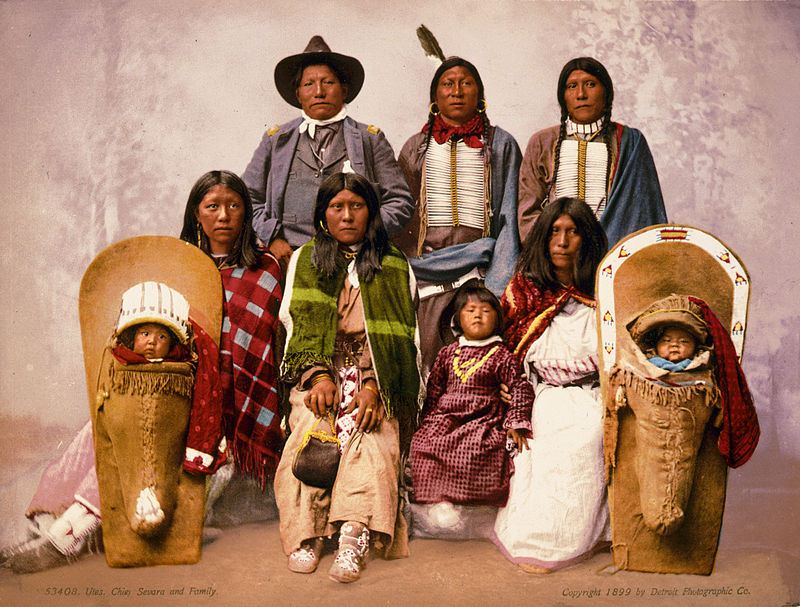
Very few Ute people are left and now primarily live in Utah and Colorado, within three Ute tribal reservations: Uintah-Ouray in northeastern Utah (3,500 members); Southern Ute in Colorado (1,500 members); and Ute Mountain which primarily lies in Colorado, but extends to Utah and New Mexico (2,000 members). The majority of Ute live on these reservations with limited resources compared to their original lands, although some reside off-reservation.
As I passed through Meeker I saw the memorial erected to Nathan Meeker, the US Indian Agent for the area who was killed by Ute Indians in 1879. “Massacred” says the plaque. As usual, the story is not as simple as it sounds.
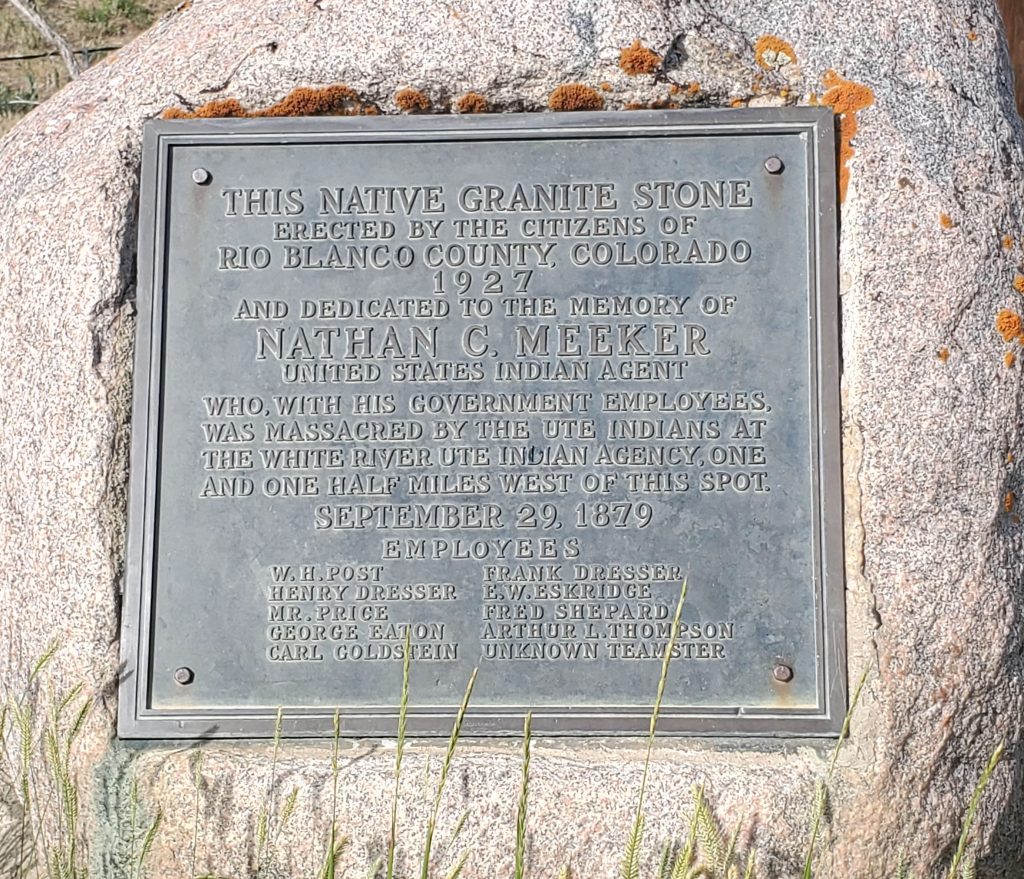
Nathan Meeker was appointed US Indian Agent for White River by President Rutherford B. Hayes in 1878. In keeping with the government’s doctrine of assimilation, which aimed to “civilize” Indigenous people, Meeker sought to convert Native Americans to Christianity, place their children in boarding schools, and force them to adopt farming, Western dress, and other non-Native ways of life.
Things got off to a bad start immediately. Meeker’s first order was to move the agency downstream on the White River, directly onto a pasture where the Utes grazed and raced horses. As mentioned, horses and horse racing were an almost sacred part of the Ute culture, so this did not go over very well at all.
Tensions only escalated from there. Meeker became frustrated when the majority of Utes refused to take up farming or cow milking and instead left on hunts that lasted for days. They also refused to give up raising and racing horses. He wrote articles condemning the Utes’ resistance to his teachings and insulting their intelligence and character. Where previous agents might have been satisfied with the Utes’ partial embrace of farming, Meeker would accept nothing but total compliance; he even withheld food and supplies as punishment for their resistance.
For their part, the Utes resented Meeker’s paternalistic attitude, evident in his declaration that the reservation did not belong to them (it did), and his heavy-handedness, as indicated by his request for federal troops to keep the Utes on the reservation. That summer, the US Ninth Cavalry was dispatched to patrol traditional Ute hunting grounds in Middle Park, and troops under Major Thomas Thornburg were stationed nearby in Wyoming.
Confrontations increased, with Meeker plowing up a field because the Ute owner was growing crops to feed his race horse, casuing the owner to strike Meeker, who immediately requested troops to protect him and the rest of the agency. The Utes warned Meeker that troops entering the reservation would be seen as a declaration of war.
Thornburgh and a handful of soldiers continued to advance. Near the reservation’s boundary at Milk Creek, Utes opened fire on Thornburgh’s men from nearby heights. The major was quickly killed, and the Utes kept his soldiers pinned down until October 5, when the Ninth Cavalry arrived to force the Utes’ surrender. The drawn-out battle claimed the lives of fourteen US soldiers, three army teamsters, and twenty-three Ute warriors.
As soon as they got word of the fighting at Milk Creek, Utes at the agency set fire to the buildings and killed Meeker, eight employees, and two other civilians, mutilating their corpses.
So yet another sad story of the poor natives losing their land and culture while being accused of a massacre.
But the town of Meeker was nice enough, and they let people camp in the town park for $10.
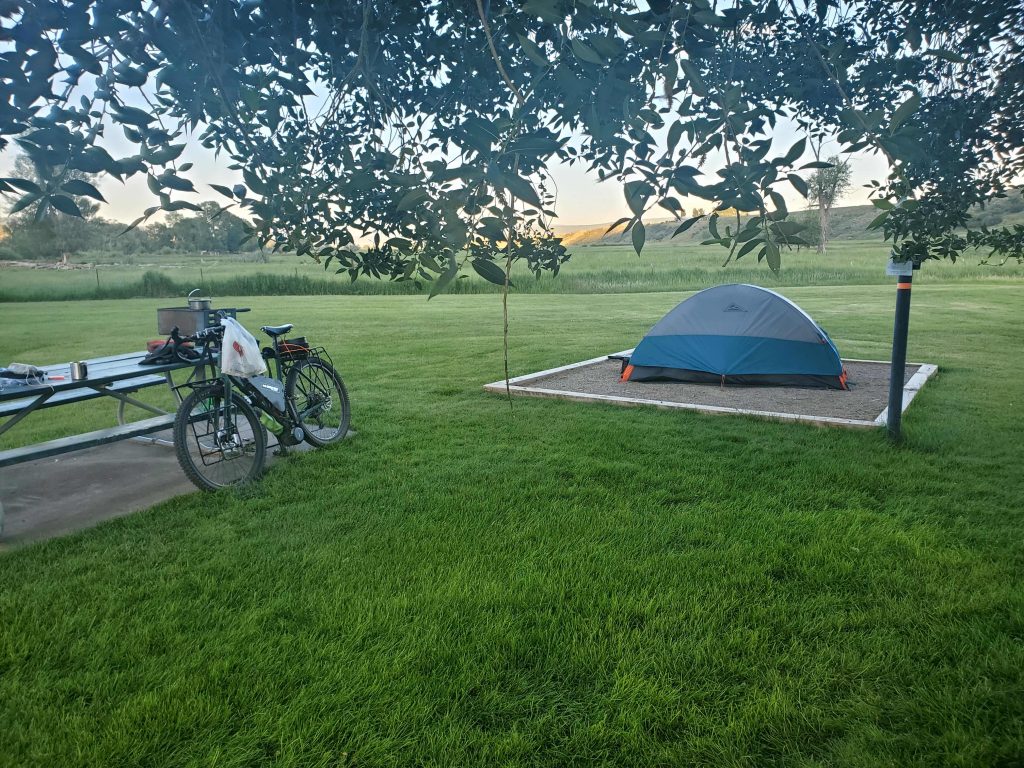
In Rangely I found a camping spot in the hills outside of town.
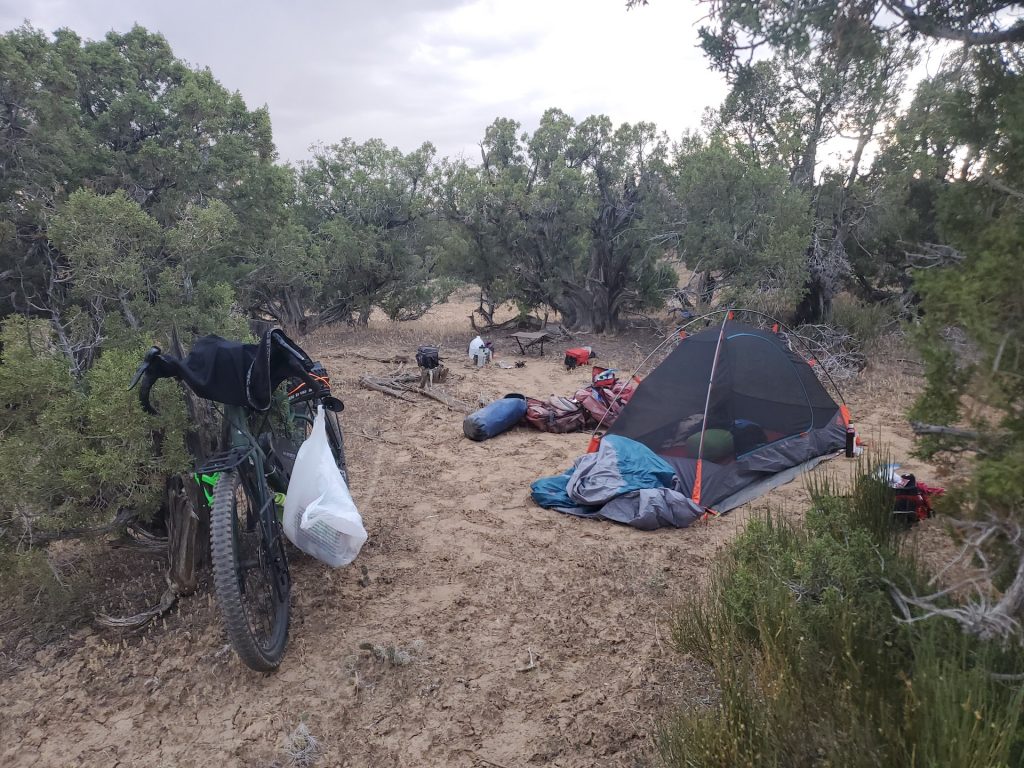
Utah!
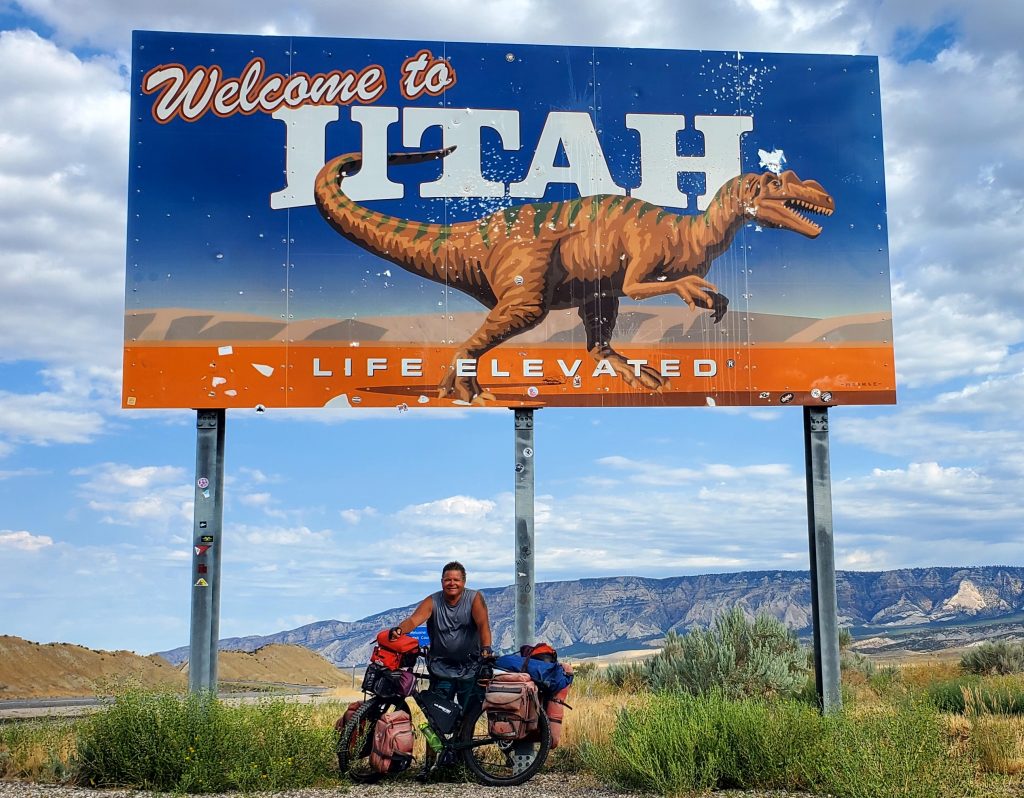
I did not know it but Utah has substantial oil and gas reserves. here is a flare from a gas plant.
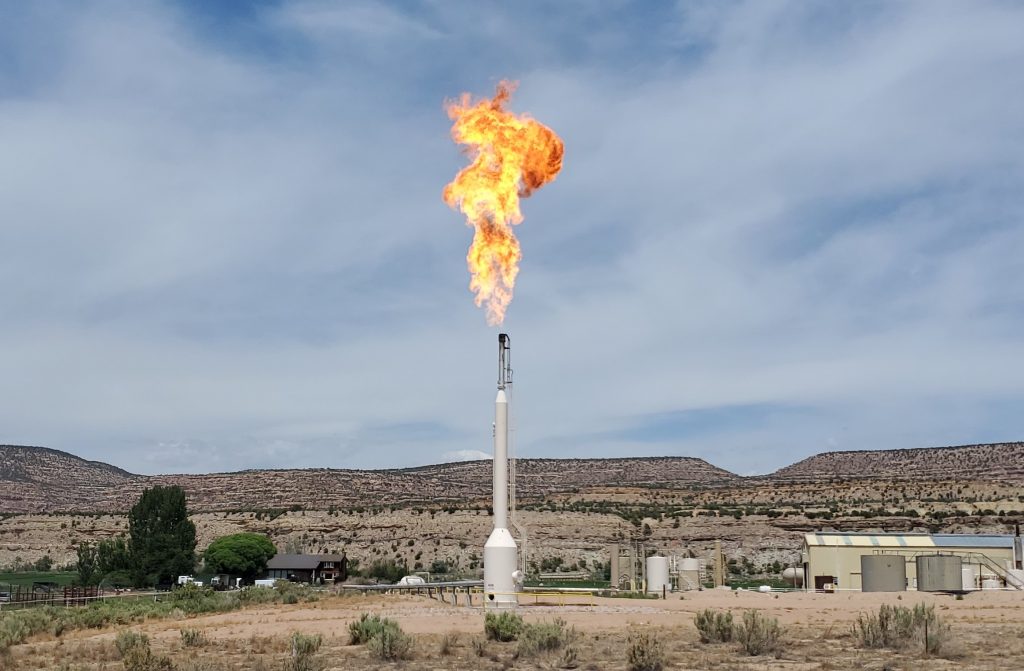
Well make up your mind: am I welcome or not?
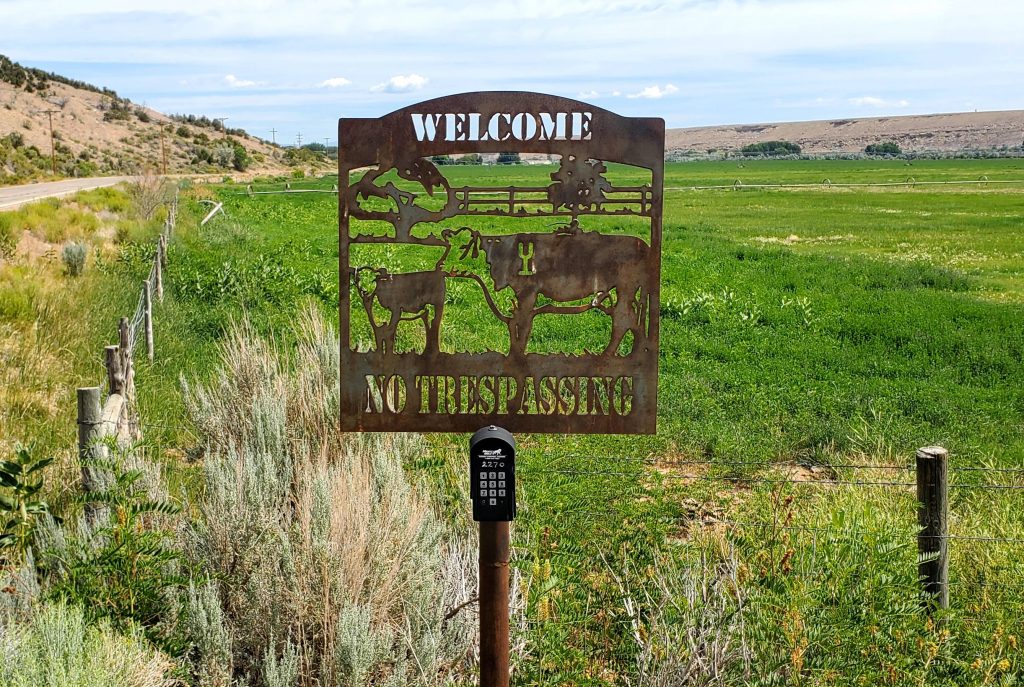
Just east of Provo I climbed up yet another long mountain road. Two days uphill. I got near the summit of Wolf Creek. Here’s my campsite at about 9000 feet. Nice but thin air and cold.
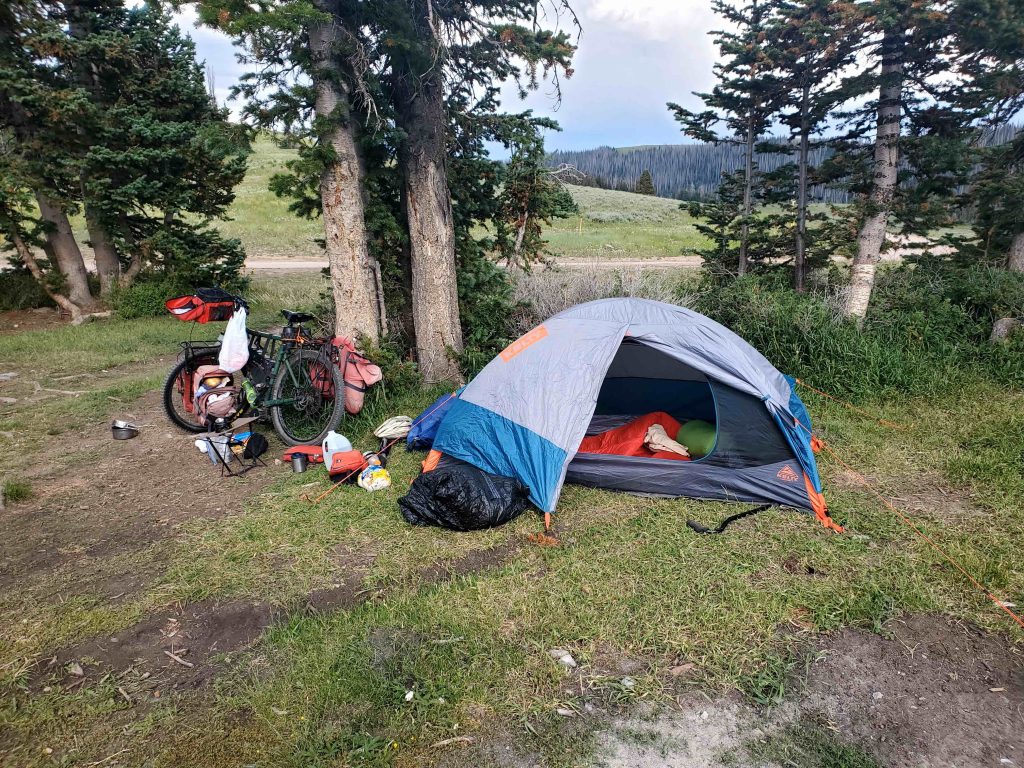
I reached the summit early the next day.

Then my favorite sign.
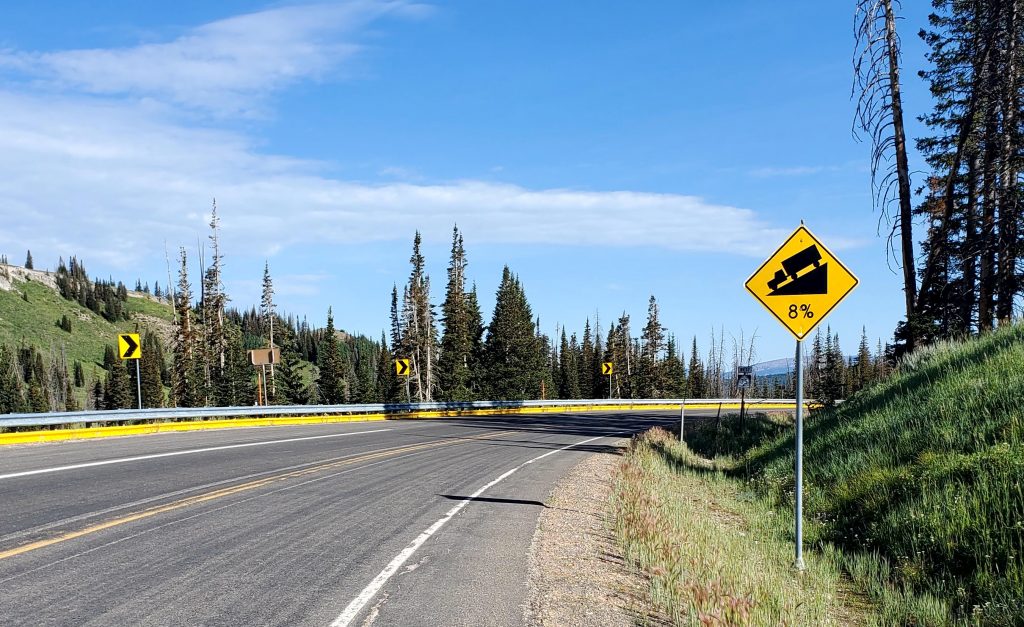
As I eared Provo I came across some reservoirs. This one is the Deer Creek Reservoir. Lots of boaters and people fishing.

You’ve probably heard about the drought out west. Here is an example of it. You can see how low the water level is.
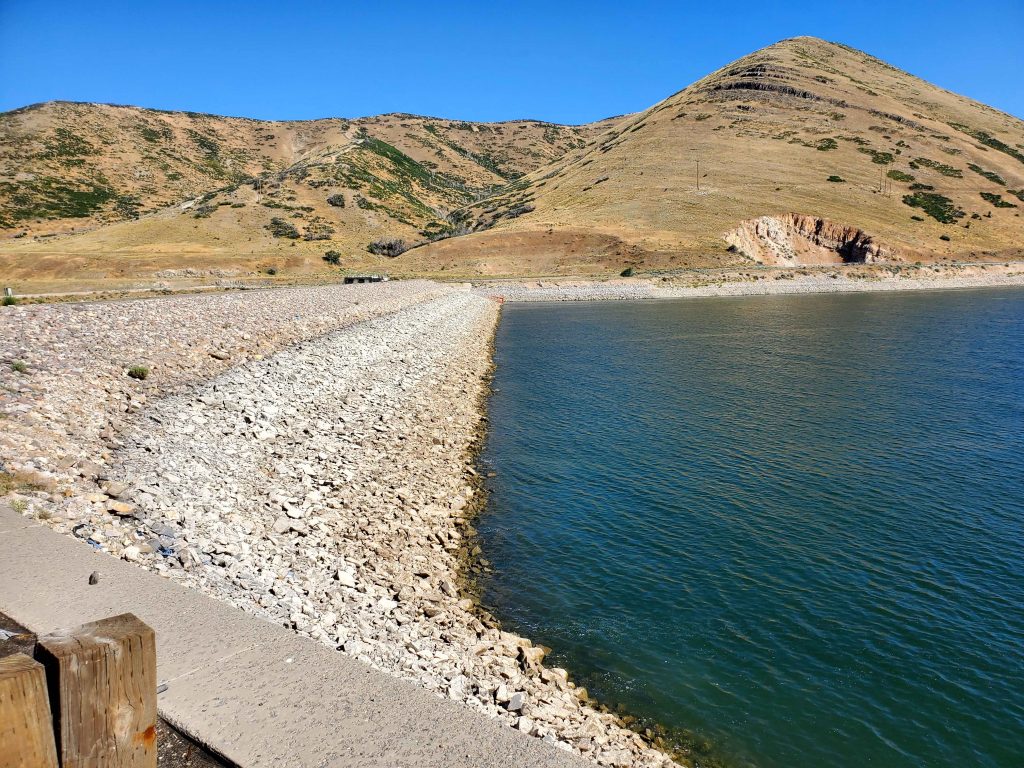
The weather hasn’t been too bad. Hot in the afternoon but nights are quite cool. Some rain but it passes quickly. I try to stop around 2 pm to get out of the heat for a couple hours. If I am near a small town I go to the town park where I can rest in the shade and charge my battery a bit. Seems to be working. Here I am in the town of Santaquin resting at Centennial Park.
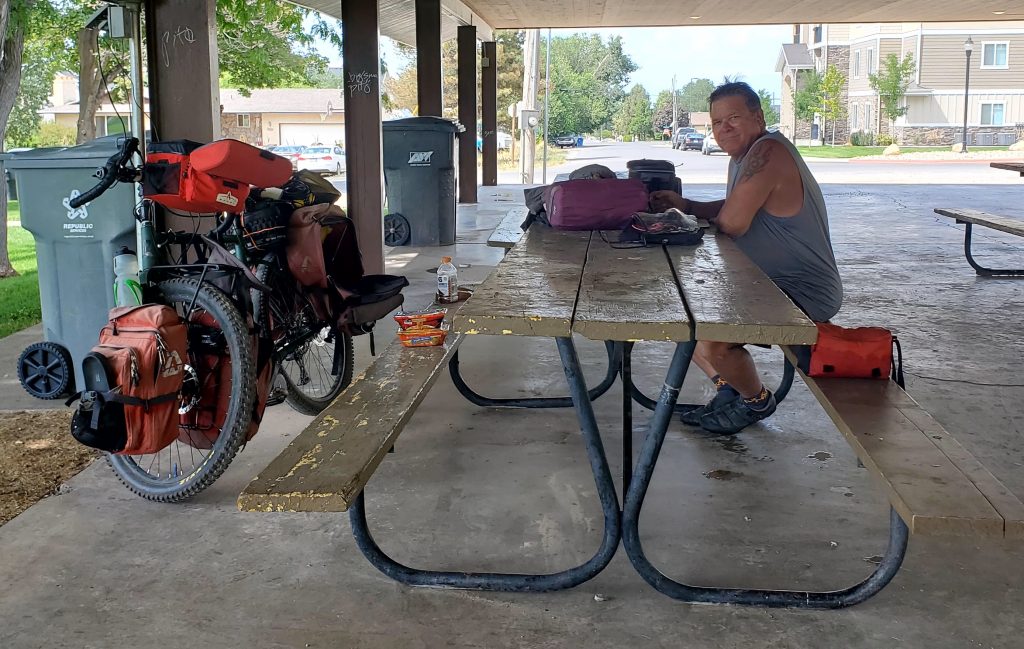
I’ve been on a mix of roads—some gravel with few cars, and others two lane highways with constant traffic. There are few roads through the mountains so I have to take what I can get. I hope as I move west the terrain will level out and I can take more back roads. The problem then becomes there are no towns or places to get water if I venture too far off major roads. We’ll see how it goes.
The bike is performing well. I use the pedal assist several times a day, although I am trying to use it less every day so I get more exercise.
That’s it for now. Plan is to continue southwest then west into Nevada in the next week or so. Stay tuned!